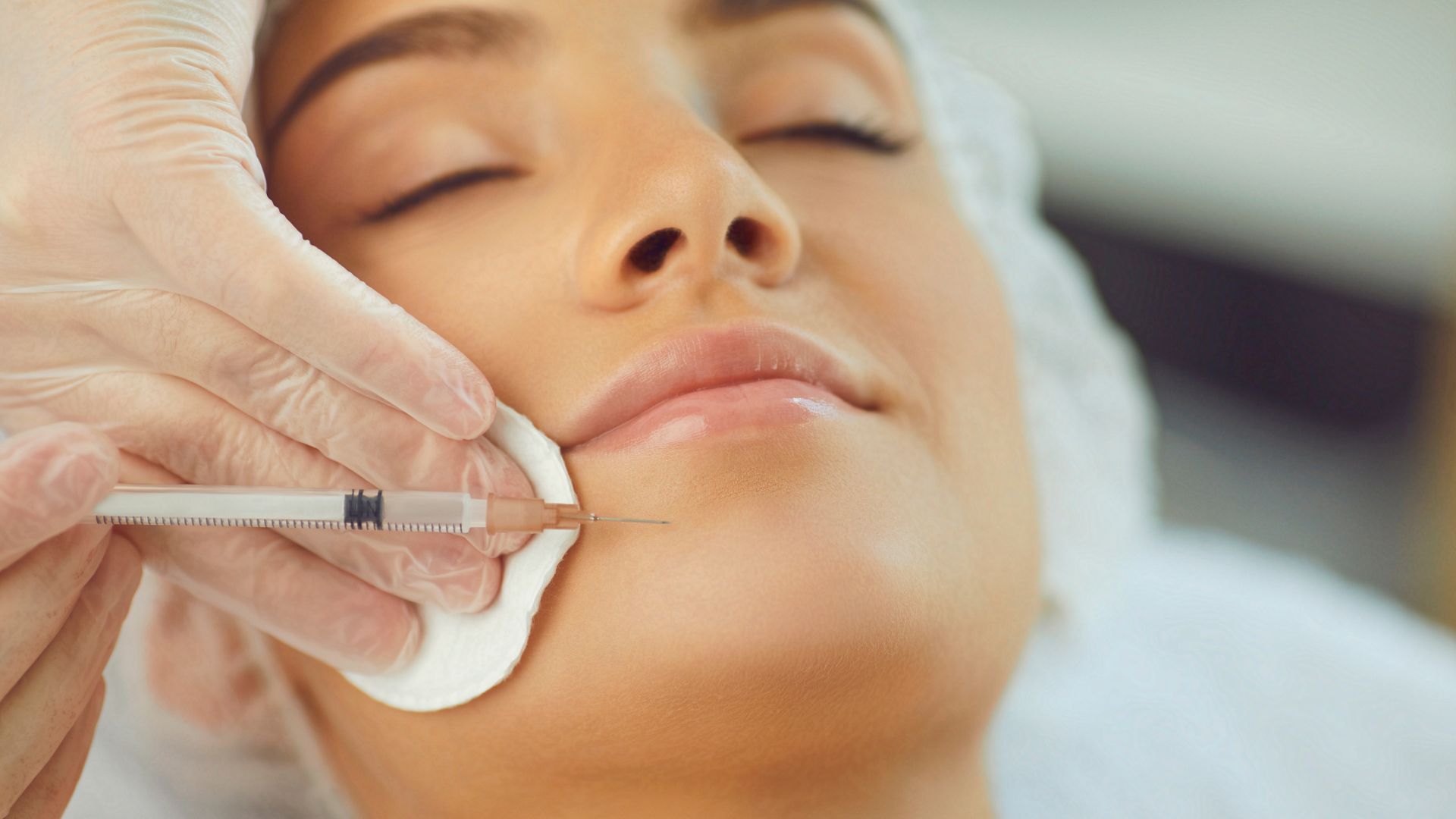Introduction
Non-surgical cosmetic treatments have gained popularity in recent years, offering subtle yet transformative results without the downtime of surgery. Among these, chin fillers have become a go-to option for enhancing facial balance and contour. By adding definition, symmetry, and proportion, they can significantly improve one’s profile. But who exactly makes an ideal candidate for this treatment, and what factors should be considered before moving forward?
Understanding Chin Fillers
Chin fillers are injectable dermal fillers, often composed of hyaluronic acid or other biocompatible substances, that enhance the shape, size, or projection of the chin. The treatment is non-invasive, quick, and customizable. Results are typically immediate and can last from 12 to 18 months, depending on the product used and individual metabolism.
Unlike surgical chin implants, fillers provide flexibility—patients can adjust or reverse results over time. This makes them appealing to people who want enhancement without permanent commitment.
Characteristics of an Ideal Candidate
Several factors help determine whether a person is a good candidate for chin filler treatments:
- Desire for Improved Proportion – People who feel their chin is recessed, small, or lacks definition may benefit from added volume.
- Good Overall Health – Healthy individuals without major medical conditions or active skin infections are better suited for treatment.
- Non-Surgical Preference – Those who prefer temporary results over permanent implants often choose fillers.
- Realistic Expectations – Ideal candidates understand that fillers enhance, but do not completely transform, facial structure.
- Stable Weight – Significant weight fluctuations can affect filler results, so stability is recommended.
Age and Lifestyle Considerations
Chin fillers are suitable for a wide age range:
- Younger Patients (20s–30s) – Often seek fillers to create sharper jawlines or improve symmetry.
- Older Patients (40s and above) – May want fillers to restore lost volume and counteract age-related changes.
Lifestyle factors also matter. Non-smokers generally see better results and healing, as smoking can interfere with skin quality and longevity of fillers.
Who Should Avoid Chin Fillers?
While many people are good candidates, there are situations where fillers may not be appropriate:
- Pregnant or Breastfeeding Individuals – Fillers are not recommended during these times.
- Severe Allergies – Especially to filler components or lidocaine (sometimes used in the injection).
- Unrealistic Goals – Those expecting surgical-level transformation from non-surgical treatment may be dissatisfied.
- Underlying Medical Conditions – Certain autoimmune or bleeding disorders can increase risks.
A professional consultation helps determine suitability on a case-by-case basis.
Benefits Beyond Aesthetics
Chin fillers aren’t just about appearance—they often boost self-confidence by creating a more harmonious profile. Benefits include:
- Improved facial balance between chin, lips, and nose.
- Enhanced jawline definition without surgery.
- A more youthful look, as volume loss in the lower face is addressed.
These psychological and social benefits are often just as important as the physical improvements.
Final Thoughts
Chin fillers are a versatile, non-surgical option for individuals seeking improved balance, contour, and confidence in their facial profile. The best candidates are healthy, have realistic expectations, and want to enhance their appearance without permanent implants. With professional guidance and advanced techniques, clinics like Mediluxe chin fillers provide tailored treatments that deliver natural-looking, transformative results.
